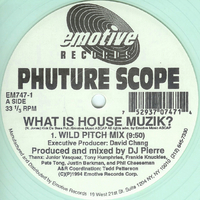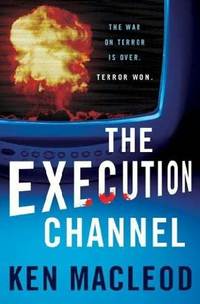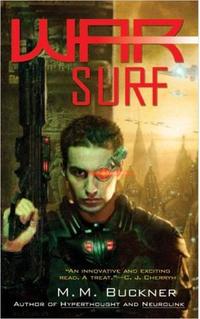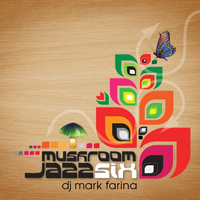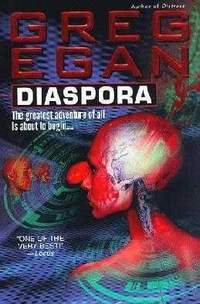 Don’t know why I picked up Greg Egan’s Diaspora as I strolled through the library, but it turned out to be one of the mind-blowingest pieces of science fiction I’ve ever read. Diaspora puts the hard in hard science fiction, but I found that as I just let the heavy math, astronomy, physics, and compuatation wash over me it turned into an enjoyable read.
Don’t know why I picked up Greg Egan’s Diaspora as I strolled through the library, but it turned out to be one of the mind-blowingest pieces of science fiction I’ve ever read. Diaspora puts the hard in hard science fiction, but I found that as I just let the heavy math, astronomy, physics, and compuatation wash over me it turned into an enjoyable read.
Diaspora is a loosely threaded collection of stories set in an extremely posthuman world. The book has an 8 page glossary to explain some of the more advanced concepts, such as a polis, which is a computational infrastructure that hosts populations of posthuman consciousnesses. You can think of them as cities for AIs. Three sorts of humans still exist, fleshers who indulge in gene engineering but forsake the completely virtual existence of polises, gleisners, which are humanoid robots housing human consciousnesses, and then the citizens of the polises where most of the characters are drawn from.
The book is insanely difficult to summarize, although the Wikipedia page for Diaspora actually does a pretty good job. The story literally takes the reader from the birth of an orphan polis citizen, eventually named Yatima, over the course of trillions of years and even trillions of universes, essentially to the end of reality. It’s literally that deep. As an example, the first chapter Orphagenesis attempts to convey how the Yatima intelligence comes to be self-aware.
To push the story along, various unpredicted astronomical events threaten to wipe out all humanity. Yatima, friends, and citizens clone themselves and take a variety of approaches to transmitting themselves across the galaxy, in search of answers to why their understanding of the universe failed and places to safely hide from the catastrophic results of other miscalculations. Ergo the title Diaspora. Egan takes no shorts in illustrating how that understanding and wandering is built out of complex mathematical, physical, and computational concepts.
Eventually the story boils down to Yatima’s search for the mysterious Transmuters, an alien race who have not only mastered our universe, but an infinity of of universes. The end of the journey leaves open more questions than it answers, principally in the areas of the role of intelligent life and what consciousness means when you have immortality and a complete understanding of how the universe works.
Diaspora isn’t for everyone. Even though there aren’t any greek symbols, if math gives you a hard time you’ll be put off. If you actually know much about the math and physics behind the story, I could imagine one getting sucked into deciphering the viability of Egan’s carefully crafted intellectual constructs. One other issue is that the characters get to be so far from human, that it can be hard to build a connection with them. Still, for a scientific lightweight like me, there was just enough plot and characterization to keep me going through the hard patches. Recommended, with reservations.
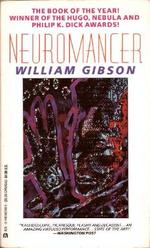 One of my all time favorite books, William Gibson’s Neuromancer, turns 25 today. Thanks to PC/Mac/Whatever-world for reminding me.
One of my all time favorite books, William Gibson’s Neuromancer, turns 25 today. Thanks to PC/Mac/Whatever-world for reminding me.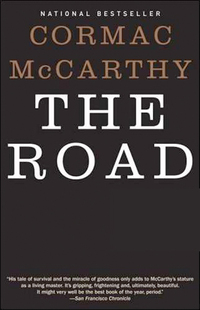

 So previously I documented how my
So previously I documented how my 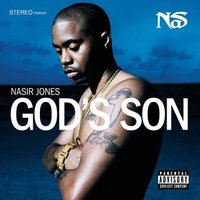


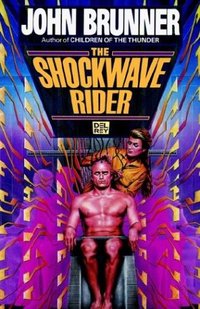
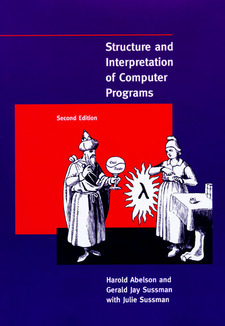
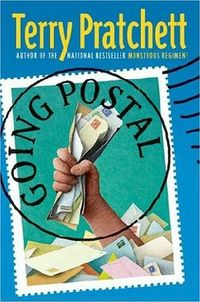




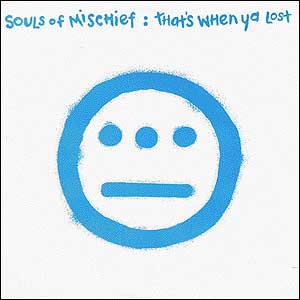
 The 2009
The 2009 